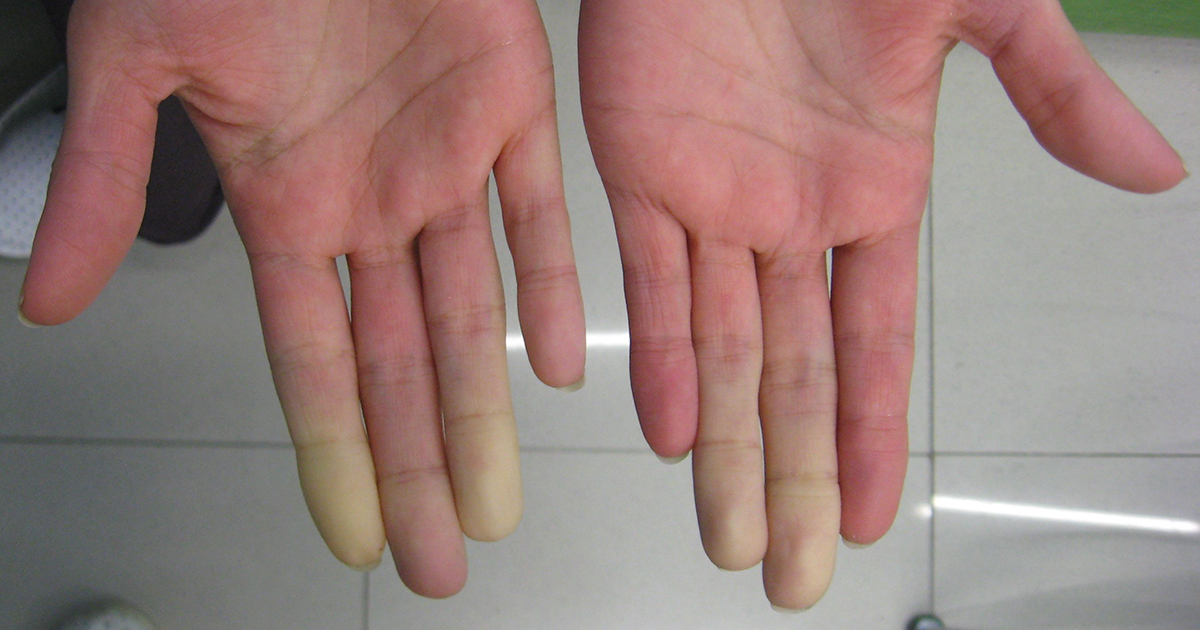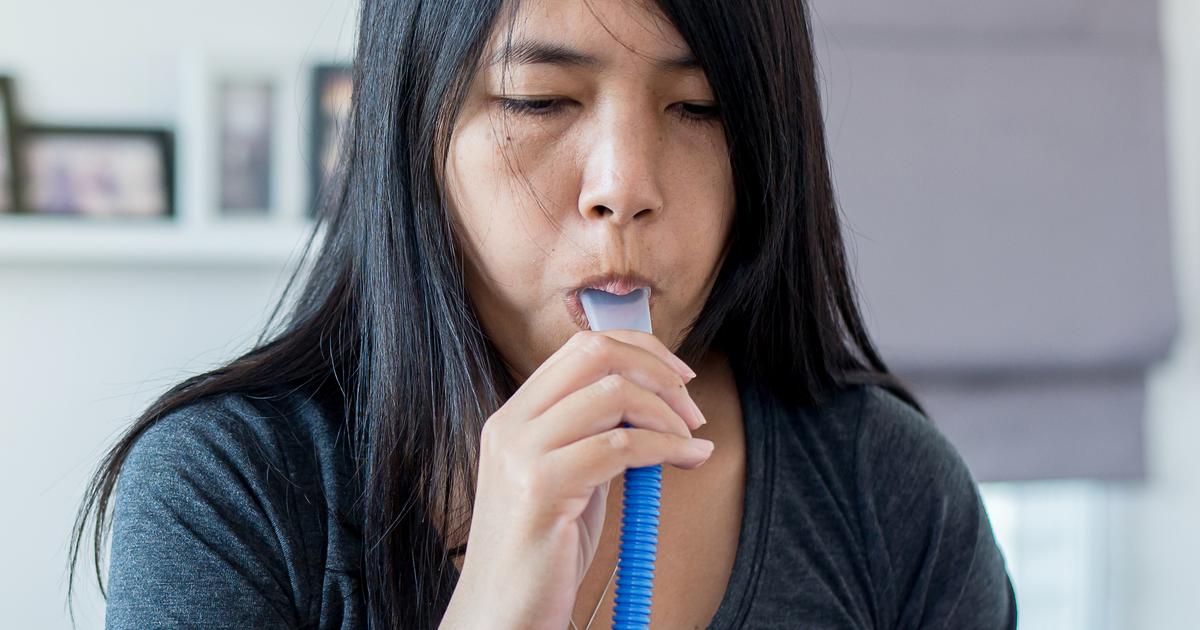Guide To Dermatomyositis Complications And Related Conditions
Raynaud's Phenomenon

Dermatomyositis may be accompanied by a condition referred to as Raynaud's phenomenon, which affects an individual's blood vessels. Raynaud's phenomenon causes a patient's skin to become discolored when exposed to cold temperatures and less commonly, stress. The blood vessels in an affected individual's nose, fingertips, toes, hands, and ears react to the cold temperatures or stress by having spasms. Blood vessel spasms cause the vessels to contract and constrict, impeding normal blood flow to that part of the patient's body. Along with color changes of the skin, individuals who experience dermatomyositis precipitated Raynaud's phenomenon can experience symptoms such as prickling, numbness, tingling, or pain in the affected parts of the body. The mechanism behind the association between Raynaud's phenomenon and dermatomyositis is not clear, but it is thought to be related to abnormalities in the blood vessel tissues of dermatomyositis patients.
Breathing Problems

An individual's lungs do not contain any skeletal muscles, so the intercostal muscles, muscles in the neck, abdominal muscles, and diaphragm are all responsible for carrying out the actions of breathing. When any of the muscles responsible for an individual's breathing become impaired or compromised, they will experience breathing problems. Dermatomyositis causes an affected individual to experience muscle weakness in certain parts of their body. Muscle weakness is an inability to produce a muscle contraction when making the best effort to do so. Shortness of breath and exhaustion can occur in a patient who has dermatomyositis when the muscles associated with breathing become affected by muscle weakness.
